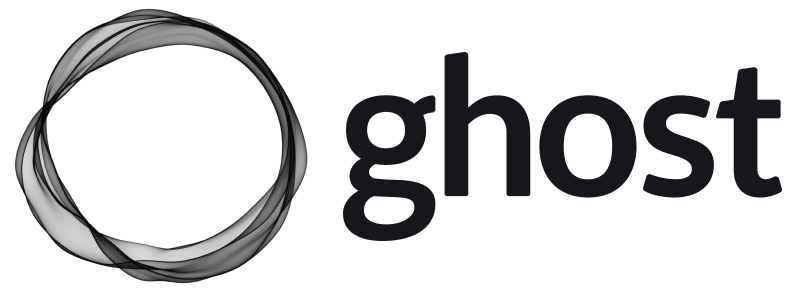One of the most challenging things about the shift over the last eight months to working remotely is how we all measure productivity. In the past, managers could often see exactly what an employee was working on since they often worked in close proximity to each other. That's not the case when we're all working remotely.
Actually, calling it a shift is probably not entirely accurate. It was more of a sudden--and, in many cases--painful reaction to a world that had changed almost literally overnight, as companies were forced to send their employees to work from home. It's also not likely to change any time soon.
Figuring out how to stay productive under those circumstances has been a challenge, to say the least. In many cases, people are simply trying to figure out the best way to balance work, life, and everything else that comes with keeping your family safe during a pandemic.
Microsoft has a tool called "Productivity Score," that it thinks can help. In a blog post announcing the new feature last month, the company says:
Productivity Score is about discovering new ways of working, providing your people with great collaboration and technology experiences. It focuses on actionable insights about the ways in which people and teams are using the tools so you can make improvements or provide training to further your digital transformation.
That sounds like a helpful idea. Every manager values "actionable insights," especially if they help make better decisions about how to best balance the needs of their team and the business. That's not always easy, even under the best of circumstances. We haven't seen the best of circumstances in a while now.

There is, however, a problem. Microsoft's Productivity Score sounds useful, but really it just measures an employee's activity, and gives a score based on "how people collaborate on content, how they use Microsoft 365 products to communicate, and whether they use Microsoft 365 across multiple platforms." Or, in other words, by tracking what your employees do all day.
Even more problematic is the fact that employees have no ability to opt-out of such tracking. Microsoft makes a point of stressing that this is somehow different than activity tracking tools used by some companies.
In that blog post, Jared Spataro, the corporate vice president for Microsoft 365 says that "Productivity Score is not a work monitoring tool." Except, that's exactly what it is. It gives individualized reporting on exactly how your team members are using various Microsoft tools. It measures how much time they're spending versus other members of the team, and analyzes trend lines of usage.
For example, for Microsoft Teams, the report will tell you, for each user, how many messages they sent, how many chat messages, how many calls they made, how many meetings they attended, how many they organized, how much time they spent on video meetings, and even how much time they spent sharing their screen. That's an awfully granular level of detail on an individual basis, and it's hard to see that as anything other than a "work monitoring tool."
Those aren't the same thing, and even if Microsoft's intentions are good, the Productivity Score will likely reinforce the idea that managers should be measuring what their employees do all day, instead of what they actually contribute to the team. Because, if you're still measuring it by the number of times a team member logs on to Microsoft Teams, or the number of messages she sends, you're doing it wrong.







